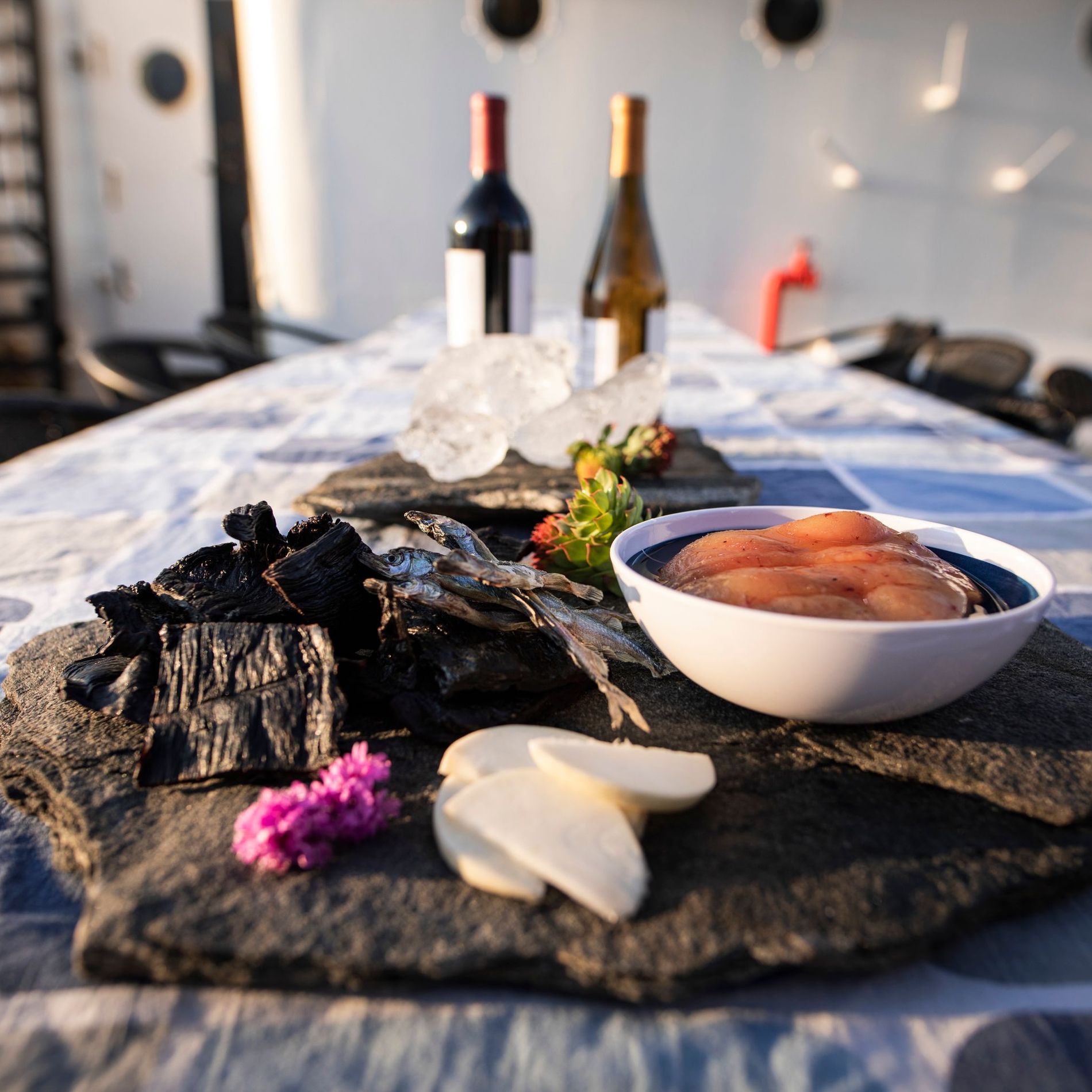Welcome to Greenland, where whale, urchins and musk ox are regulars on the increasingly sophisticated menu. Meet the new generation of chefs turning back to tradition
Greenland’s food is having a moment. This year, Michelin-starred restaurant KOKS, usually based in the Faroe Islands, relocated to Iliminaq Lodge in the north of Greenland to serve Greenlandic food with a Nordic twist. Its outstanding locally-sourced menu – which includes bowhead whale, ptarmigan, musk ox and reindeer – has put Greenlandic terroir on the global map. This year, the restaurant won its prized second Michelin star along with a green star, awarded to restaurants at the very forefront of sustainability.
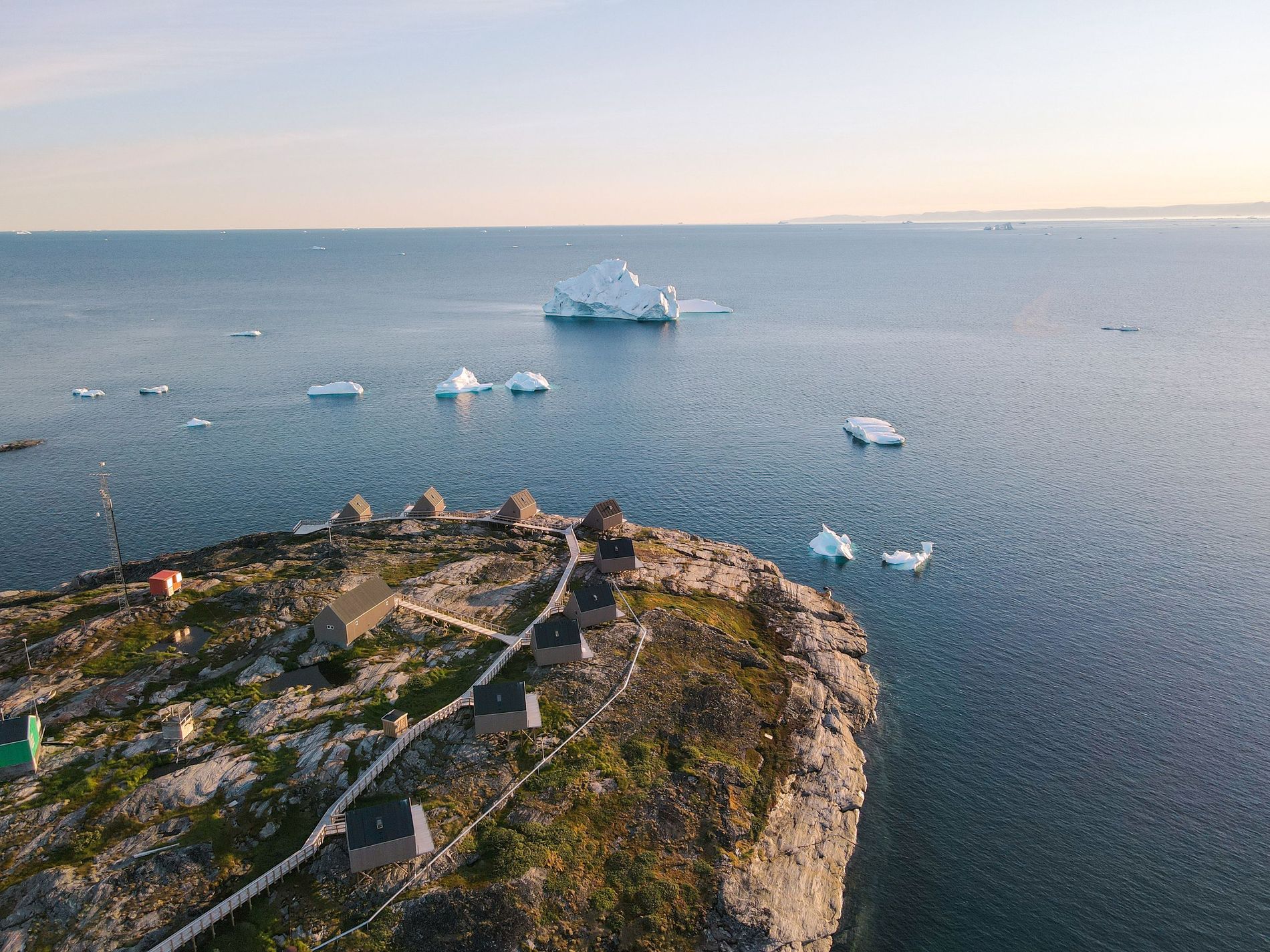
KOKS's new home in Greenland.
It's just the start of things to come from this vast and remote country, where traditional Greenlandic food is undergoing a revival. Surrounded by the Arctic and North Atlantic oceans, the country’s chefs view their iceberg-filled seas and raw, glacier-carved mountains as a rich larder from which to source everything from scallops and snow crabs to caribou and arctic hare. Hunting and fishing are part of daily life for most of Greenland’s 56,000 inhabitants, and it is typical to have a chest freezer or four filled with musk ox, seal and whale meat.
From his base in the icefjord town of Ilulissat, pioneering chef Inunnguaq Hegelund is one of those shaping the future of Greenlandic food. A leader in the New Arctic Kitchen movement, uniting a group of culinary professionals across the region from Canada to northern Finland and the Faroe Islands, he aims to preserve, protect, develop and value its local food traditions.
“When I started as a trainee, we never served Greenlandic or local food,” he says. “We even served fish from Spain. Now, 17 years later, there has been very fast development. We need to show more traditional food and more of the traditions behind them. It is not so much documented, and it needs to be done now, as the generations behind it are dying.”

Photo: Aningaaq R Carlsen
The Arctic Kitchen aims to reclaim local and sustainable produce, using it to strengthen the role that food plays as a tradition-bearer in local society. These traditions vary dramatically from settlement to settlement, and up and down the country. In smaller, more remote places, you might still see local people eating ‘Greenlandic macaroni’ – chopped up seal intestines – along with liver and flippers, while in larger towns, Thai restaurants and snack bars serving burgers and fries are a more common sight.
Inunnguaq’s projects seek to change that. They include taking young offenders foraging, fishing and hunting for musk ox, before cooking with the ingredients and opening a free pop-up restaurant for the local community to enjoy. It’s a clever way to introduce traditional methods to the younger generation and build links and integration within the local community in the process. His future plans include developing the ‘world’s wildest kitchen’, where fish will be caught locally and then cooked and served outside using rocks as frying pans.
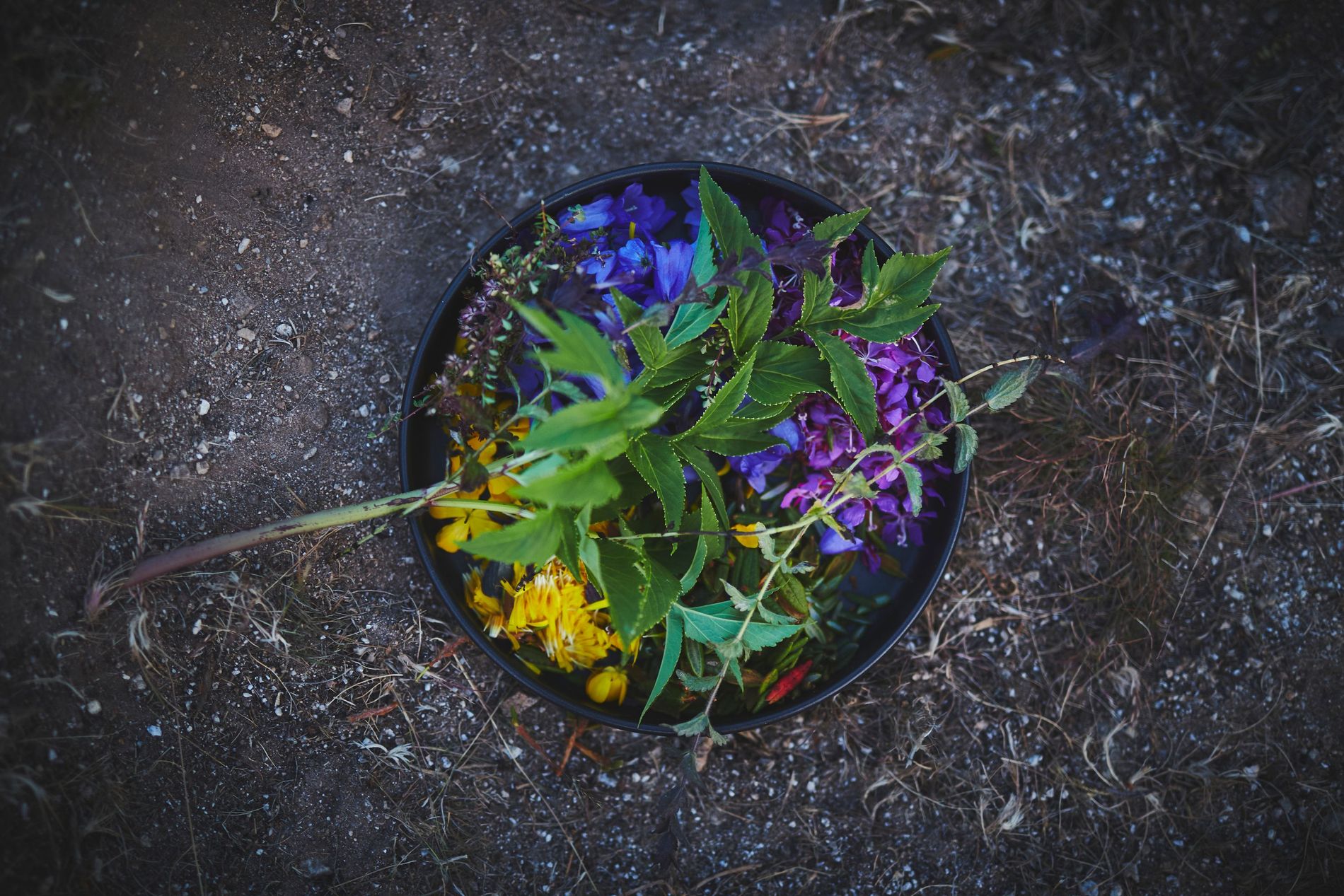
A stay at Tasermiut Camp in Greenland combines glamping beside a beautiful fjord with foraging tours for local ingredients. Photo: Peter Lindstrom, Visit Greenland
Greenland’s developing gastrotourism sector is busy working with Inunnguaq and others to create authentic foodie experiences to blow your tastebuds and open up these unique tastes to an international audience. In North Greenland, you could be snorkelling in gin-clear Arctic waters for sea urchins before learning how to cook them, while in South Greenland, glamping trips at Tasermiut Camp on a dramatically beautiful fjord include foraging tours for tart crowberries, thyme and blackberries in season, led by a local chef.
As you travel the country, it is easy to find ‘Greenlandic Tapas’ in cafes and restaurants: a tasting plate that may include small portions of mattak (a chewy postage stamp-sized piece of scored whale or narwhal skin considered as delicious as candy), the long skinny orange legs of a snow crab, dried seal skin, buttery and light pink slabs of fermented seal blubber, air-dried fish, smoked Arctic char, and musk ox and reindeer slices, eaten on rye bread like ham. In season, you might also see nipisa, lumpfish roe, a salty-sweet pinkish pearl eaten like caviar.
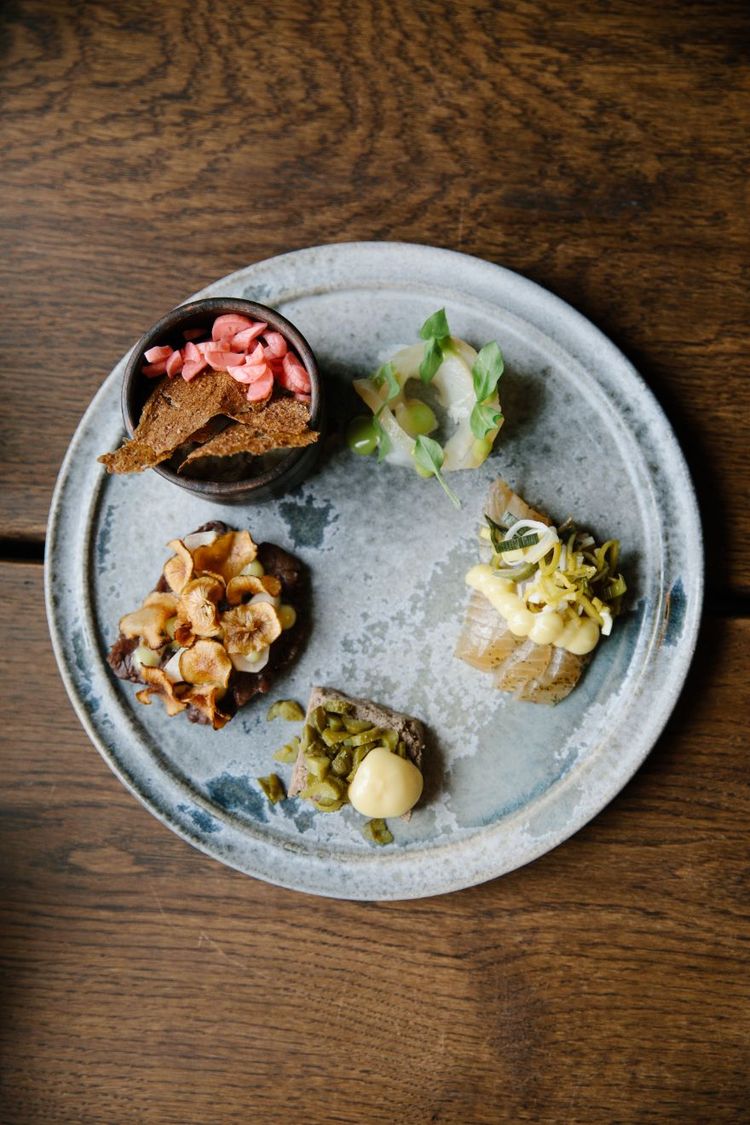
A lunch platter at Ilimanaq restaurant. Photo: Jessie B. Evans, Visit Greenland
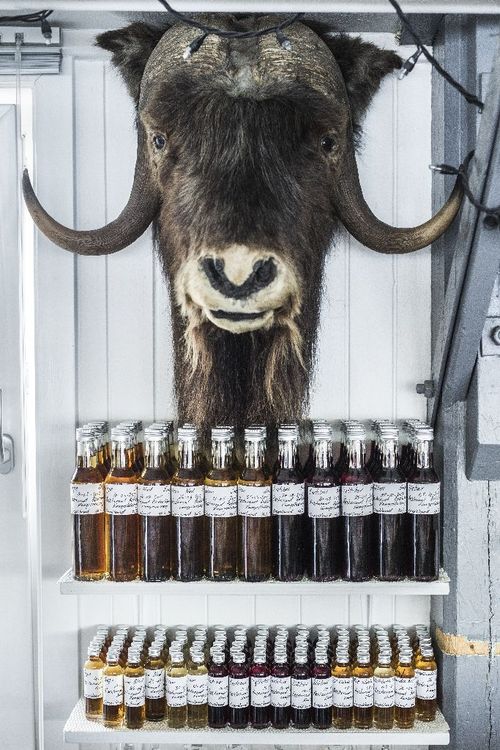
A musk ox head overloooks homemade snaps at Restaurant Roklubben in Kangerlussuaq.
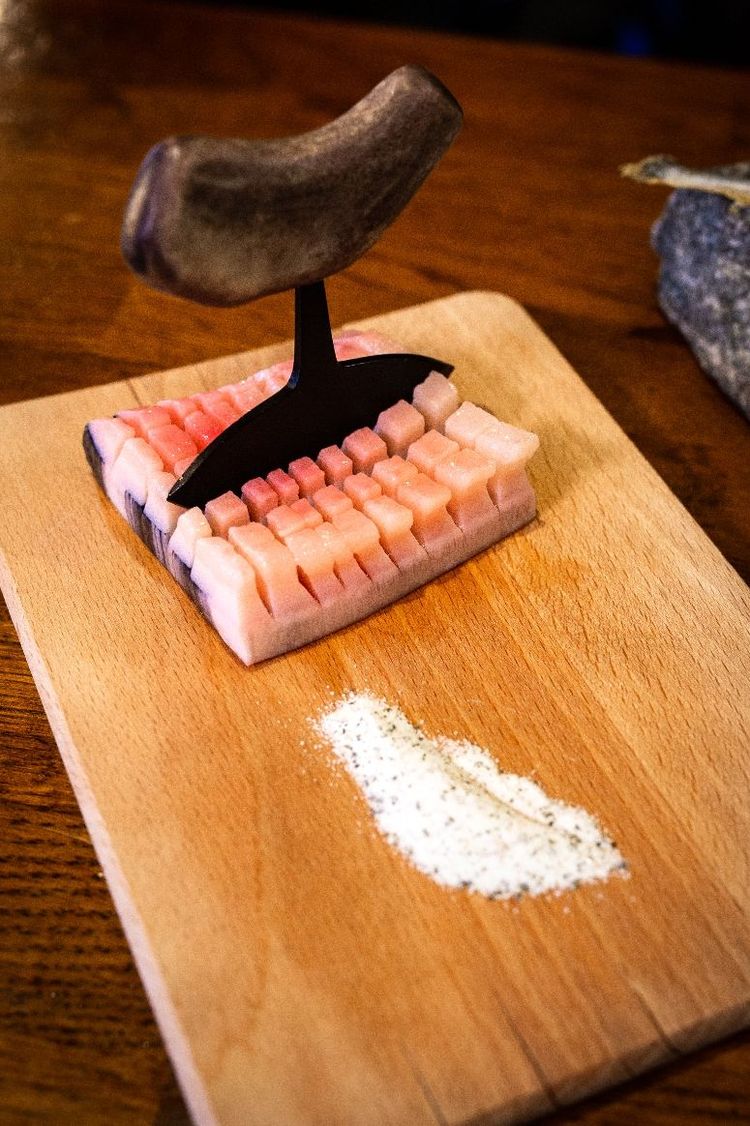
Mattak at Restaurant Kalaaliariq. Photo: Aningaaq R. Carlsen, Visit Greenland
Down in the milder south, there are more familiar foods for visitors on offer, but still with a wild twist. Farm stays in the south are a good opportunity to try Greenlandic lamb, grazed outdoor for most of the year in small rocky pastures studded with thyme and accompanied by views of iceberg-choked fjords. Its herby, sweet and delicious taste is quite unlike any other lamb you’ve tasted.
Whether you’re into discovering new tastes, textures and flavours or eating the absolute freshest fish in the world, the truth is that eating in Greenland is truly a wild experience for all the senses. Eating the country's delicacies among local people in their ice-carved landscapes is an experience you truly cannot have anywhere else on earth.
Laura Hall travelled to Greenland as a guest of VisitGreenland. Find out more about the food of South Greenland at www.visitsouthgreenland.com.
